The Asscher cut diamonds hold a unique and fascinating position in the world of diamonds, distinct from the majority of other cuts available.
Rather than captivating with the typical brilliance and sparkle, the Asscher cut allures observers with its mesmerizing pattern, resembling a hallway that seemingly extends into infinite depths.
The journey of the Asscher cut and its ascent to fame intertwines with the history of the Asscher family. Before delving into the intriguing story of the Asscher cut diamonds, let’s first explore what exactly they are and how they came into existence.
DESIGN YOUR OWN ENGAGEMENT RING: START WITH A SETTING OR START WITH A DIAMOND. IT’S REALLY UP TO YOU!
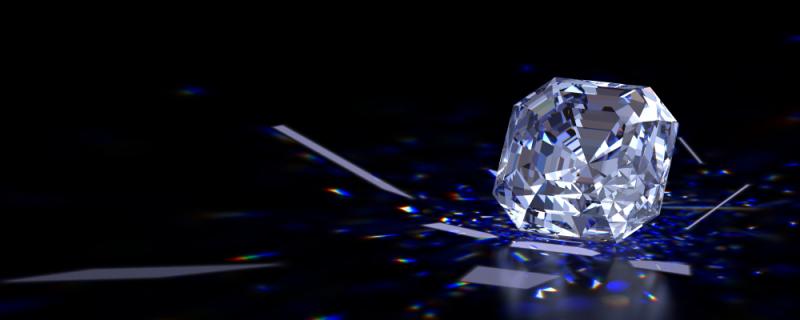
What Are Asscher Cut Diamonds?
The term “Asscher cut” refers to a distinctive diamond shape that emerged in the 20th century. It was pioneered by Joseph Asscher in 1902 and holds the distinction of being the first patented diamond cut.
The original Asscher cut is often associated with Art Deco jewelry due to its clean lines and impressive brilliance. It features 58 facets and is commonly perceived as a square shape, earning it the alternate name of “square emerald cut.” However, this perception is influenced by how these diamonds are often set in rings that partially conceal their edges.
In reality, the Asscher cut is octagonal in shape, or more precisely, a square shape with each corner slightly truncated.
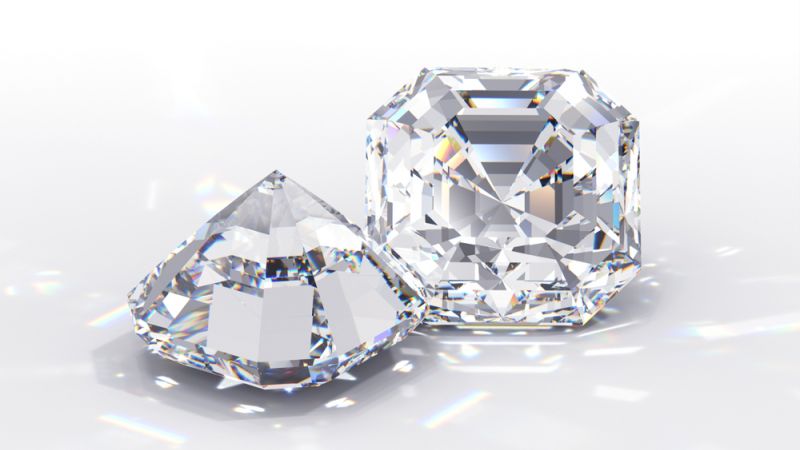
Asscher Cut’s Brilliance
There is a widespread misconception about Asscher cut diamonds, particularly regarding their level of brilliance.
You may have come across statements claiming that Asscher cut diamonds possess a “brilliance unlike any other.” While there is some truth to this, it may not align with what you typically associate with diamond sparkle.
The purpose of the Asscher cut is not to create the mesmerizing, magical sparkle commonly associated with brilliant diamonds. While that type of brilliance is indeed captivating, it is achieved through different diamond cuts.
When people refer to the “brilliance unlike any other” of an Asscher cut diamond, they are referring to a distinct quality of shine. Asscher cuts prioritize step cuts and the arrangement of facets, resulting in a unique play of light. Rather than sparkling, these diamonds create an effect described by experts as an “endless hallway of reflective mirrors.” In essence, the focus of Asscher cuts is on enhancing clarity rather than maximizing sparkle.
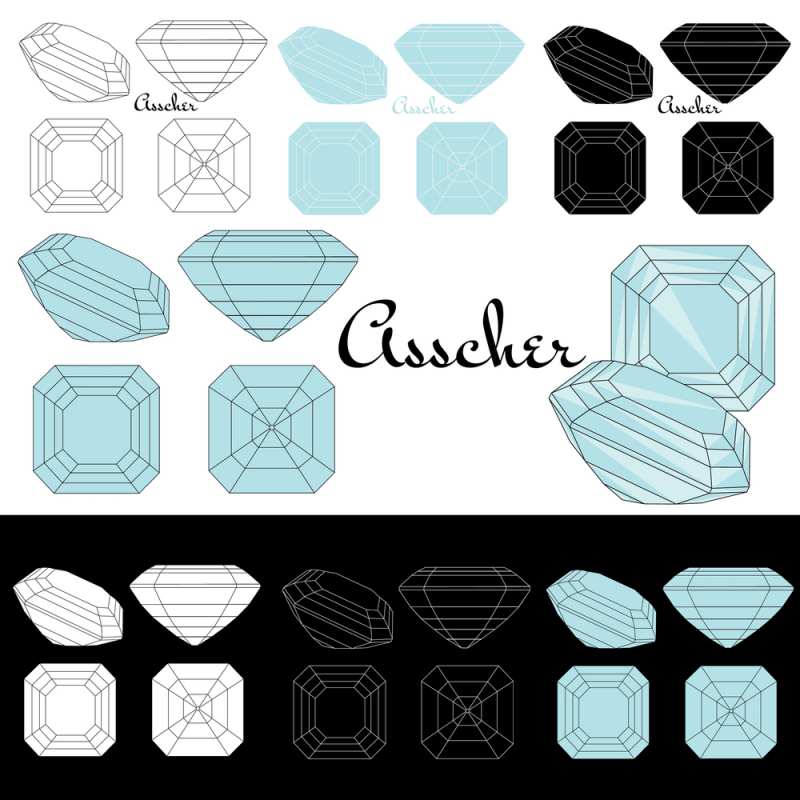
What To Watch Out For
While Asscher cut diamonds have a captivating style, they also come with certain challenges and drawbacks. These diamonds are known for their cleanliness and precise proportions, which contribute to their desired shine.
However, this characteristic can also make any slight inclusions or imperfections more noticeable. Before purchasing an Asscher cut diamond, it is essential to carefully review its certificate, which indicates any flaws or imperfections.
For instance, let’s consider VS2 clarity inclusions. In a round diamond, these inclusions might not pose a significant issue in most cases. However, in an Asscher cut, it’s a completely different story.
The table facet of an Asscher cut is substantial and clean, providing a clear view of the diamond’s internal characteristics. Due to its cleanliness, any irregularity or flaw in the stone becomes apparent.
Unfortunately, finding a flawless Asscher cut diamond is both challenging and expensive. Regrettably, many Asscher cuts in the market are of low quality, exhibiting issues such as excessive depth, poor symmetry, or indentations.
There’s a telltale sign you can spot right away. When observing the windmill pattern on the top, pay close attention to the center. Do all the corners meet neatly in the middle, or does the pattern appear slightly skewed? If you notice any minor flaws, remember this important point:
If you can notice a flaw immediately, regardless of its size, it will only become more bothersome and apparent over time. Even if others may not notice it, any slight imperfection will become increasingly bothersome to you. It’s a regrettable truth that can be quite frustrating.
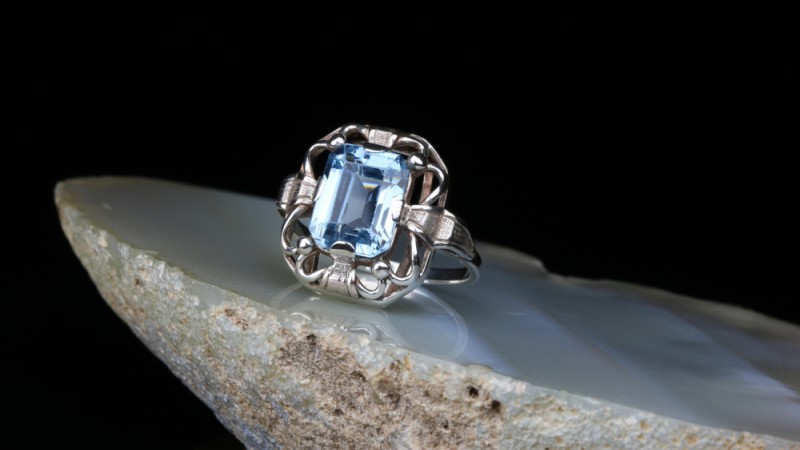
Art Deco And The Asscher Cut Popularity
Art Deco emerged as a highly popular style of visual arts, architecture, and jewelry, reaching its pinnacle in Europe and the USA during the 1920s and 1930s. This artistic movement is often associated with opulence, refinement, and sophistication.
During its heyday, it was the elite and renowned individuals who adorned themselves with Art Deco jewelry, signifying their elevated social status.
The distinguishing characteristics of Art Deco include striking contrasts of colors, intricate geometric patterns, and delicate filigree work. Designers predominantly focused on incorporating triangular, rectangular, and circular shapes into their creations.
In essence, Art Deco exuded a sense of boldness and modernity.
Jewelry crafted in this style boasted sleekness and predominantly featured materials such as platinum, white gold, or sterling silver.
It is no surprise that the Asscher cut diamond held such allure and admiration. With its geometric shape, repetitive patterns, and daring design, it effortlessly encompassed the essence of Art Deco aesthetics.
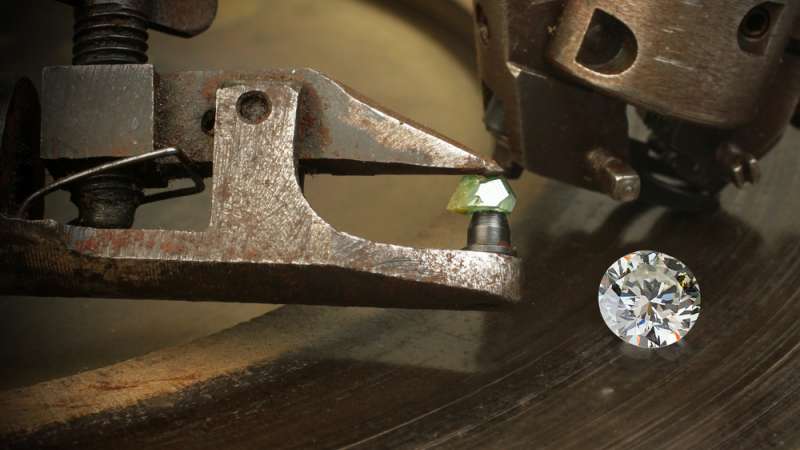
History Of The Royal Asscher Diamond Company
The renowned Asscher Diamond Company traces its roots back to 1854 when Joseph Isaac Asscher, a respected gem cutter, established “I. J. Asscher.” Interestingly, the initials “I.J.” encompassed the names of both his father, Isaac Jacob, and his son, Isaac Joseph.
Joseph was following in the footsteps of his father, carrying on the family trade. The legacy continued through the next generation as Joseph Isaac’s sons, Joseph and Abraham, upheld the family’s reputation.
Throughout the 20th century, the succeeding generations of Asscher gem cutters gained immense recognition. It was Joseph, the younger brother, and Abraham who later renamed the company as the “Asscher Diamond Company.”
The Excelsior diamond, discovered in 1903, holds significance in the Asscher family’s history. Being the largest diamond ever found at the time, it required the expertise of a skilled diamond cutter to unleash its potential. Abraham Asscher was entrusted with this task, and he meticulously divided the original stone into ten smaller diamonds, which came to be known as the “Excelsior” diamonds. This division was necessary to minimize potential flaws in the stone.
Similarly, the Cullinan diamond, discovered in South Africa in 1905, marked another remarkable milestone for the Asscher family. Surpassing the Excelsior, the Cullinan became the largest gem-quality diamond in the world. King Edward VII of England commissioned Joseph Asscher in 1908 to cleave the Cullinan into smaller pieces. Once again, the Asscher brothers demonstrated their extraordinary skill as they transformed the original stone into over a hundred smaller diamonds. Several of these exquisite diamonds now adorn the Crown Jewels, belonging to the Royal Family.
The dark period of World War II cast its shadow upon the Asscher family, just as it did for many others. As a Jewish family, they suffered greatly at the hands of the Nazis. In the final year of the war, the Nazis looted the Asscher Diamond Company in Amsterdam, seizing valuable possessions and capturing the family members and workers. Tragically, most family members and the majority of their employees were sent to concentration camps, with only a few surviving.
After the war, rebuilding the company seemed like an insurmountable challenge. The Asschers faced tremendous difficulty in resurrecting their business, compounded by the expiration of the patent for the Asscher cut during the war. Other companies took advantage of this and attempted to replicate their work. Although no company could match the original quality and craftsmanship, the situation was disheartening.
Furthermore, the remaining family members were unaware of how to renew the patent, relying solely on their expertise and skill in gem cutting.
Following the war, two members of the family, Joop and Louis Asscher, were offered a job in New York. However, they chose to stay in Amsterdam and rebuild the company from scratch. Their perseverance paid off, and the company regained recognition, particularly in Japan during the 1950s and 1960s.
In the 1980s, the Asscher Diamond Company received a royal distinction when Queen Juliana of the Netherlands bestowed a royal title upon them. This recognition further solidified their global reputation, leading to the company officially changing its name to the “Royal Asscher Diamond Company.”
Fortunately, the company eventually reestablished patents for their designs, preventing others from attempting to imitate their work. The Asscher cut underwent a reinvention almost a century after its original development. Joop Asscher, who had chosen to stay in Amsterdam, and Edward Asscher redesigned the iconic Asscher cut, inspired by their grandfather Joseph’s work on the Cullinan. Their aim was to capture the allure of a round brilliant while retaining the authentic Asscher design.
In 200
1, Joop and Edward Asscher perfected their great-grandfather’s work, utilizing improved diamond cutting technology available over the course of a century. This new technology allowed for greater precision and refinement in the cut, resulting in a 74-facet step-cut gem. The reimagined Asscher cut featured additional facets and a higher crown, enhancing its ability to reflect light. The outcome was a stunning gem that exhibited flashes of light akin to a round stone while retaining the unique intricacies of a well-cut emerald.
Edward Asscher, the fifth-generation gem cutter, officially retired from the company in 2020. His children, Mike and Lita, have assumed the role of co-presidents, carrying on the cherished family tradition.
The Asscher Diamond Company’s royal title was extended for another 25 years in 2011, a testament to the family’s unwavering dedication and passion for the exquisite art of gem cutting.

Authenticity
In addition to holding patents for their work, the Asscher Diamond Company ensures authenticity by incorporating additional measures. Every diamond crafted by the company now includes a laser-inscribed logo and a unique ID number, specific to each individual stone. These markings serve as an assurance of the diamond’s origin and genuineness.
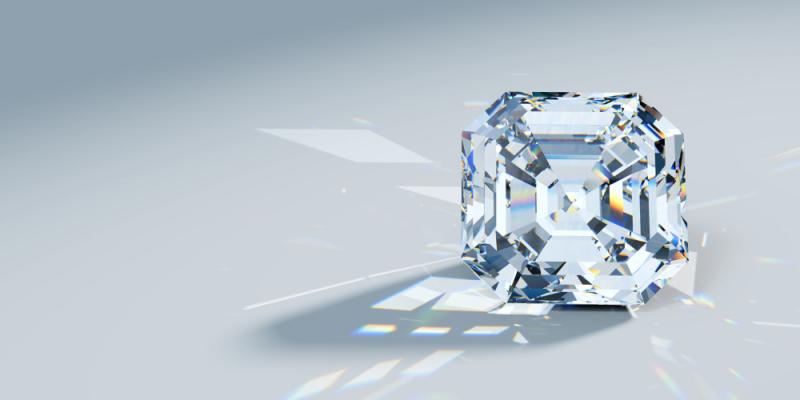
Summary
And here we conclude the captivating tale of the Asscher cut diamond. Rarely do we encounter something so seemingly uncomplicated yet brimming with a profound historical significance.
It all began with a modest pattern etched onto a diamond, skillfully fashioned by a single visionary and his dedicated family. Through years of unwavering commitment and ceaseless endeavors, they forged a dynasty renowned for their extraordinary design.
The next time you encounter an Asscher cut diamond, allow yourself to be enraptured by its enchanting allure. Delve into its depths and let it narrate its captivating and illustrious journey.


